CLASSICAL DANCES OF INDIA
1.Background
Dance is an ancient and celebrated cultural tradition in India. Folk dances abound all across the country, and huge crowds of people can be found dancing at festivals and weddings. Dance and song features heavily in Indian cinema
But where does Indian dance draw its roots from? Here are six of the most important classical dance forms of India
2. Classical Dances of India
2.1. Bharatanatyam
- Bharatanatyam of Tamil Nadu in southern India has grown out of the art of dancers dedicated to temples, and was earlier known as Sadir or Dasi Attam. It is the first of India's traditional dances to be refashioned as a theatre art and to be exhibited widely both at home and abroad
- Bharatanatyam rests on principles of performance and an aesthetics set down in classics such as Bharata's Natyashastra. It has a rich repertoire of songs in Telugu, Tamil and Sanskrit
- The present-day format of a Bharatanatyam recital, as well as a valuable part of its musical compositions, were created by the famed ‘Tanjore Quartet’ of the nineteenth century: the brothers Ponniah, Chinnaiah, Sivanandam and Vadivelu.
- Bharatanatyam has a highly evolved language of Nritta, abstract dance, and Nritya which unfolds the narrative
- The themes have a wide range spanning human and divine love, and are generally classed under the rubric of shringara (romantic love) and Bhakti (devotion).
- The musicians accompanying a dance recital include at least one vocalist, a Mridangam (drum)-player, and a flutist or violinist or Veena (lute)-player. The group also includes a Nattuvanar, or dance conductor, who recites the dance syllables as he plays a pair of small bronze cymbals
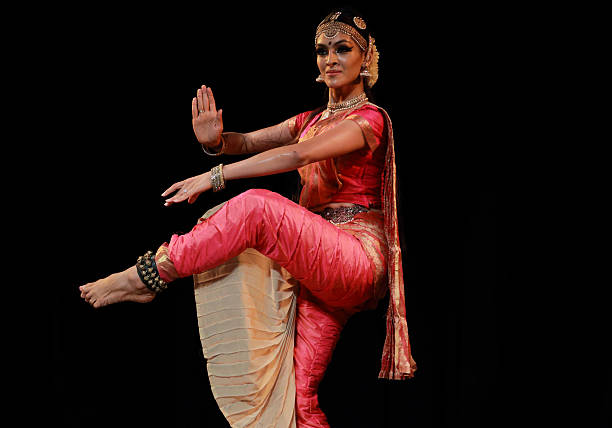
2.2. Manipuri Dance, Manipur
- Manipuri dance, evolved in Manipur in north-eastern India, is anchored in the Vaishnava faith of the Meiteis, or people of the Manipur valley
- The temples of Manipur are still among the principal staging venues of the dance
- Therefore the predominant theme of Manipuri dance is devotion, and the rich lore of Radha and Krishna lends it episodic content. Over a period of centuries, the traditional art has gone through various stages of development to become the sophisticated theatre art it is today
- Manipuri dance is introverted and restrained compared to most other dances of India – the artist never establishes eye contact with the audience
- The movements are circular and continuous, each merging into the other. Mudras or hand-gestures are subtly absorbed in the flow of the movement overall. The facial expression is subdued and never exaggerated. These features are evident even in the more vigorous masculine dances.
- Jagoi and cholom are the two main divisions in Manipur’s dance, the one gentle and the other vigorous, corresponding to the lasya and tandava elements described in Sanskrit literature
- The jagoi element is predominant in Ras Leela and similar votive performances
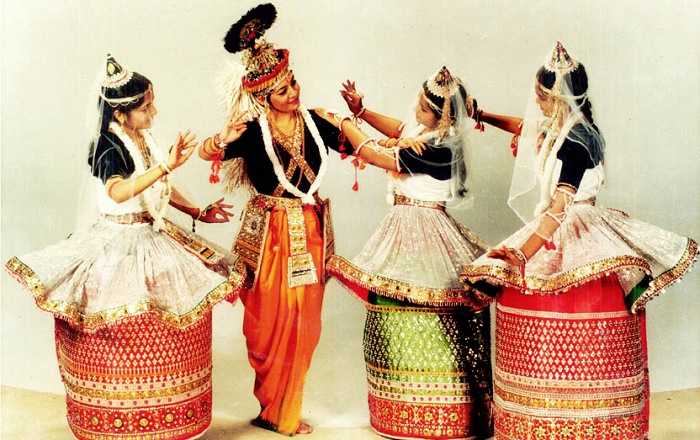
2.3. Kathak
- Kathak is the principal dance of northern India, and is widely practised in Uttar Pradesh, Rajasthan, Delhi, Madhya Pradesh, and even parts of western and eastern India today
- It is believed to be connected with the narrative art of Kathakaras or story-tellers who have expounded the scriptures, the epics Ramayana and Mahabharata, and puranic literature to the lay masses since ancient times.
- Expanding and refining its movement and vocabulary of expression, this art possibly transited to a courtly milieu in medieval India, and achieved its finest flowering under Mughal rule
- Later, in the nineteenth century, the princely courts at Lucknow, Jaipur, Raigarh, and other places emerged as leading centres of Kathak dance
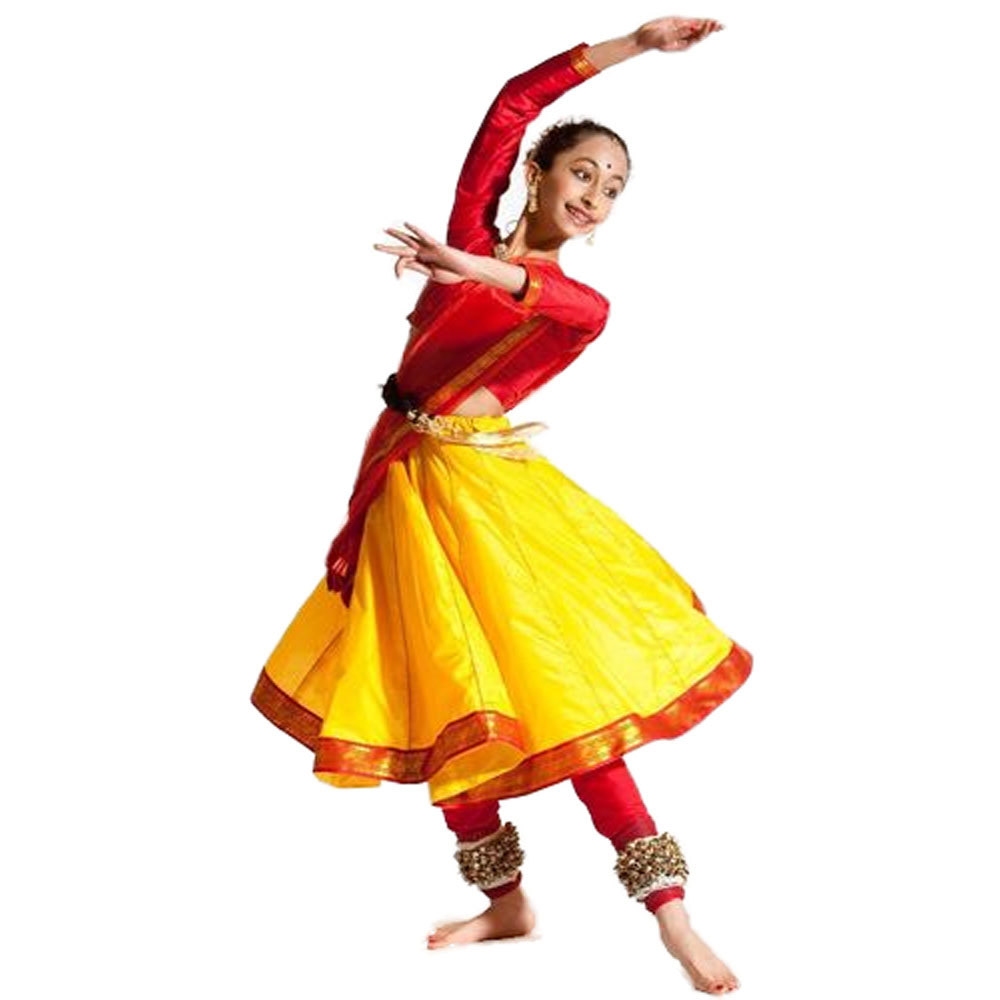
2.4.Odissi
- Odissi dance has its origins in Orissa in eastern India, where in its rudimentary form it was performed as part of temple service by ‘maharis’ or female temple servants.
- The traditional dance was remoulded as a theatre art towards the middle of the twentieth century with reference not only to the existing dance art, but representation of dance in Orissa’s medieval sculpture, painting, and literature
- In its remodelled form, Odissi dance has spread quickly across the country
- The Vaishnava faith of Orissa is intrinsic to Odissi dance and the lore of Krishna and Radha supplies its content
- Codified footwork of ‘Pada bheda’, gaits and walks termed ‘chalis’, and spins or ‘bhramaris’ are other components of the technique of Odissi dance
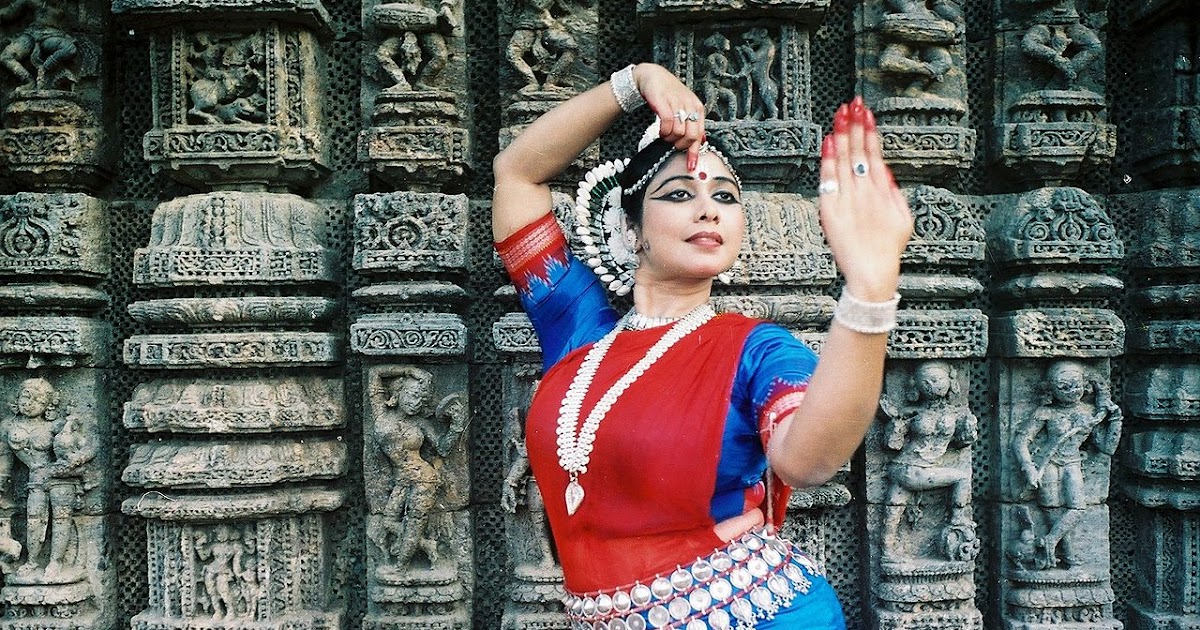
2.5.Kathakkali
- Kathakali or ‘story play’ took shape in Kerala in southern India in the seventeenth century under the patronage of the prince of Karnataka, who wrote plays for performance drawn from the epic Ramayana in Malayalam, the language of the region. Stories from the Ramayana and Mahabharata provide the content of most Kathakali plays, which have come down to us in a steady stream over three centuries
- Kathakali categorizes its characters according to their nature and employs make-up and costume to build them up as symbolic personalities
- The faces of actors are painted according to the type of character they represent – green for heroes, kings, and divinities, red and black for the evil and fierce, etc. The main feature of the costume is a large, billowing skirt for male characters and various elaborate headdresses

2.6.Mohiniattam
- Mohiniattam, which belongs to Kerala in southern India, takes its name from the mythic enchantress Mohini. It is dance of feminine grace, and has grown out of performances connected with Kerala’s temples
- The prince Swati Tirunal of Travancore, a patron of arts and an artist himself, was one of the chief architects of the dance in the nineteenth century and composed a large repertoire of songs which accompany the performance
- Mohiniattam uses rhythms that are special to Kerala: the rhythmic syllables used are those of the Maddalam, a drum which provides accompaniment for female roles in the Kathakali theatre
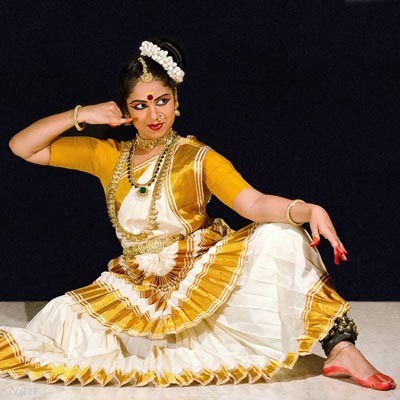
2.7.Kuchipudi
- Kuchipudi, one of the major dance forms of India was originated from Andhra Pradesh, where it grew largely as a product of Bhakti movement beginning in the 7th Century AD
- Kuchipudi derives its name from the village Kuchelapuram, where it was nurtured by great scholars and artists who built up the repertoire and refined the dance technique
- The Kuchipudi is a dance-drama of Nritta, Nritya and Natya. The Nritta consists of teermanams and jatis, the Nritya of Sabdams, and the Natya of acting with Mudras for the songs
- Nritta encompasses steps and movements in the form of patterns of dance which, though ornate in themselves, have no meaning to convey
- Kuchipudi, combines speech, Abhinaya (mime) and pure dance
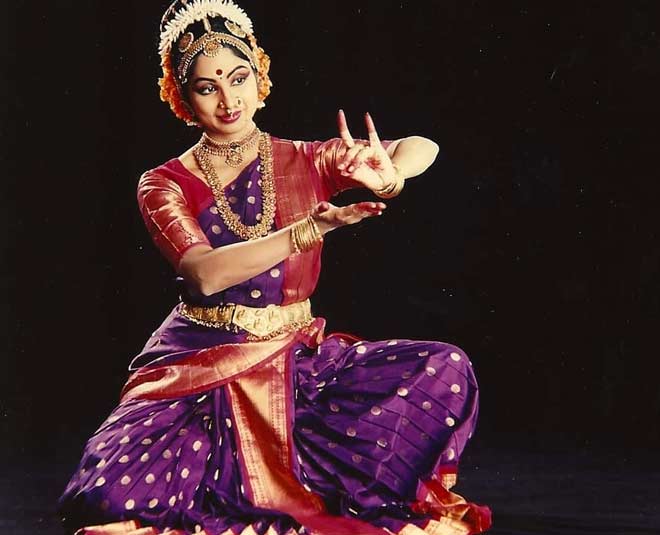
2.8.Sattriya dance
- ‘Sattriya dance’ refers to the body of dance and danced drama developed in the sattras or monasteries of Assam since the sixteenth century, when the Vaishnava faith propagated by the saint and reformer Shankaradeva (1449-1586) swept the land
- It is a distinct genre within the fold of classical Indian dance, with an evolved language of hand gesture (hasta), footwork (pada karma), movement and expression (Nritta and Abhinaya), and a repertoire centered on devotion to Krishna.
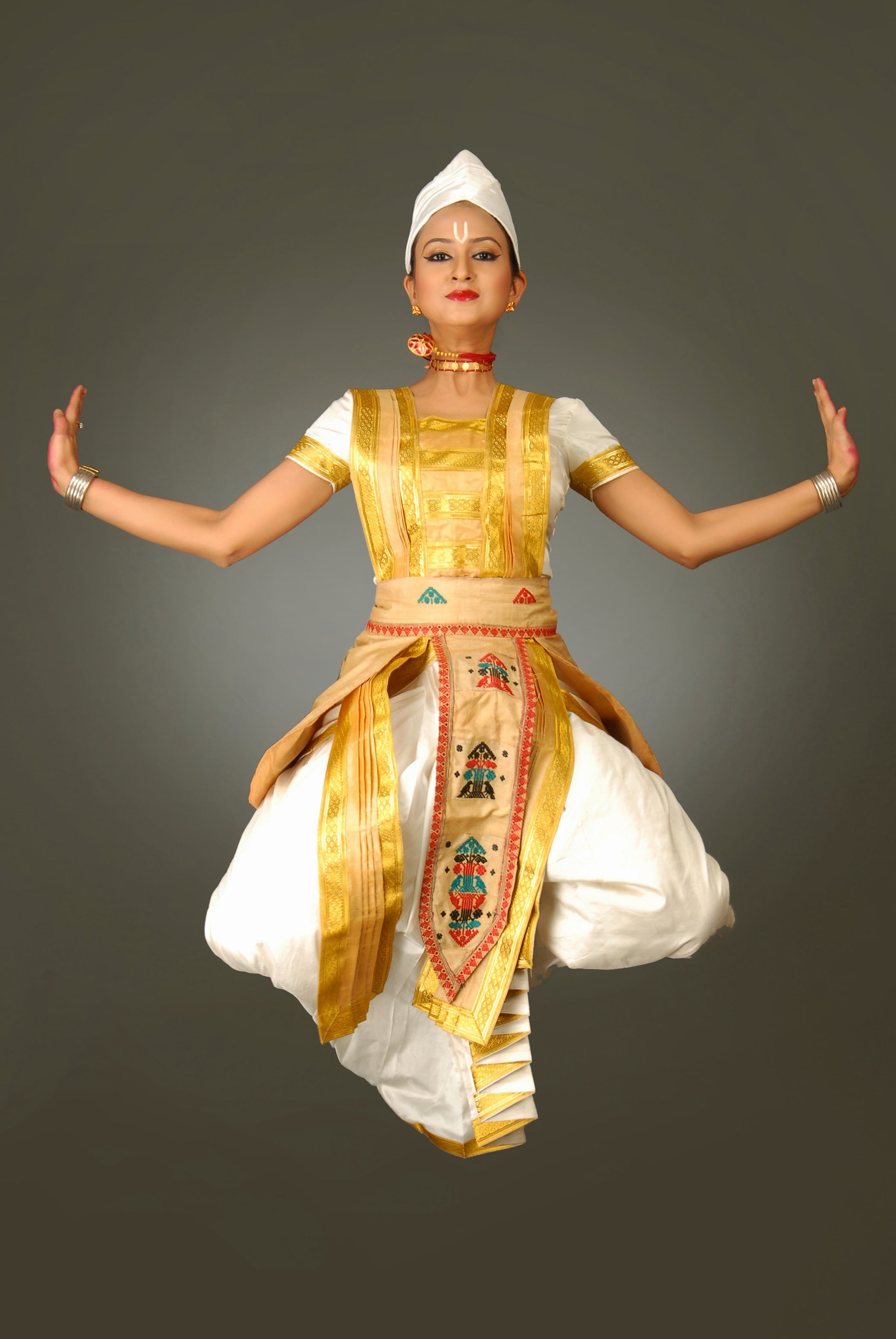
2.9.Chhau
- The Chhau dance of Eastern India -- Orissa, Jharkhand, and West Bengal – is a blend of martial traditions, temple rituals, and folk and popular performance of this region
- Episodes from the epics Mahabharata, Ramayana, Puranas, traditional folklore, local legends and abstract themes through the medium of dance and a music ensemble that consists primarily of indigenous drums
- In its traditional context, the dance is intimately connected with the festivals and rituals of this region

Source: indianculture.nic.in




